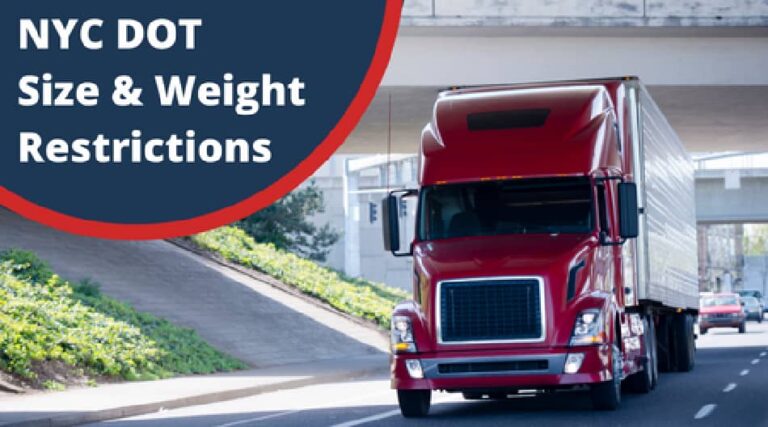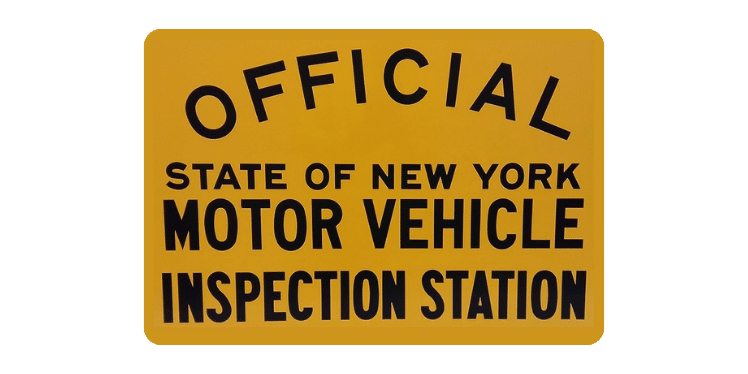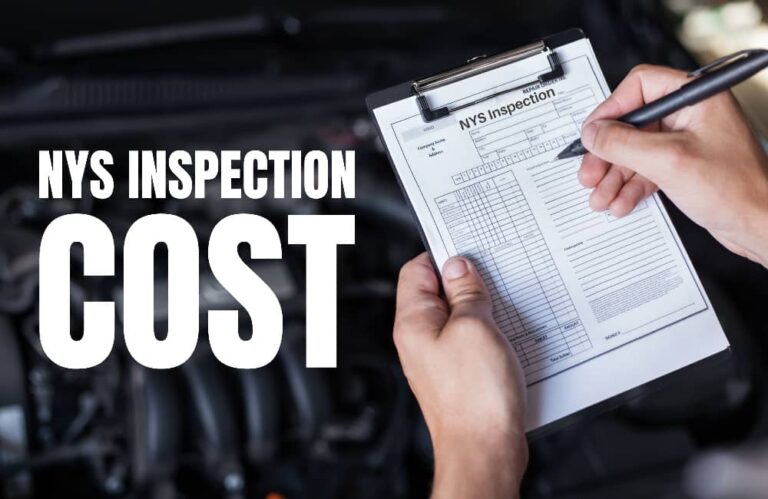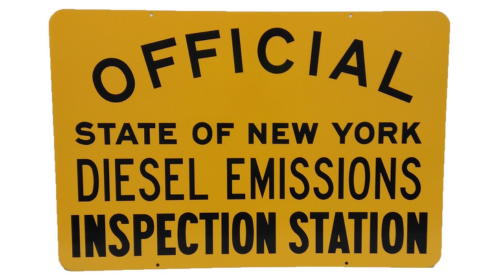Size and Weight Limits for Trucks and Commercial Vehicles in NYC
The NYC Department of Transportation (DOT) regulates trucks and commercial vehicles on New York City streets. These regulations are designed to keep the public, and other drivers, safe—and include restrictions based on a vehicle’s size, structure, and weight.
In this post, you’ll learn more about the NYC DOT regulations, why they’re essential, and how you can stay compliant. Plus, we’ll answer some of the most common questions about DOT size and weight restrictions.
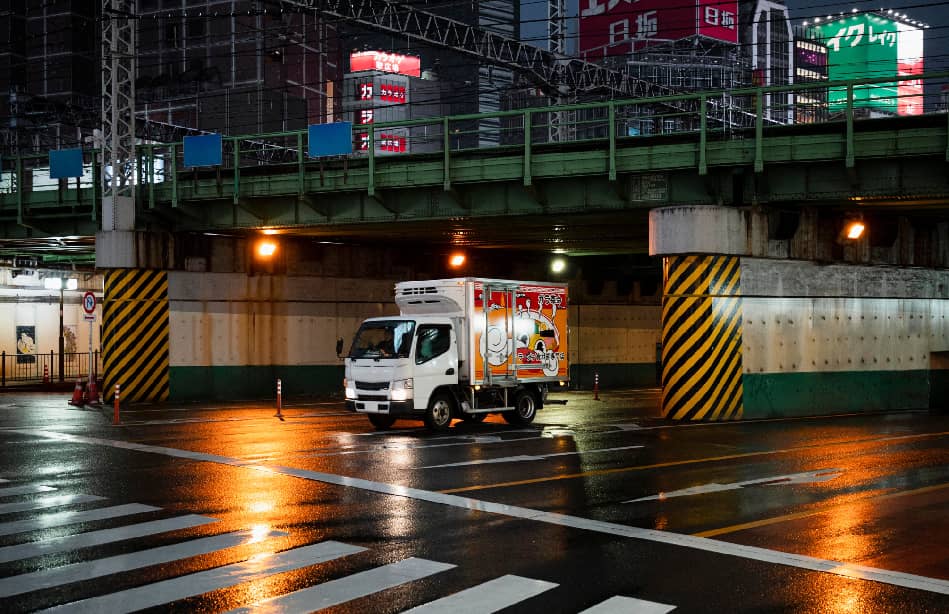
Why Are Weight and Size Restrictions Important?
If you or your fleet have somewhere to be, or something to haul, it’s important to meet your deadlines in order to maintain your bottom line. One of the easiest ways to do that is to make sure the route that you or your drivers are choosing is compliant with NYC DOT regulations, including any posted restrictions in the area you are driving in. This will prevent unnecessary delays on your route as well as potential damage to your load or vehicle from traveling on certain roadways—such as areas with low bridges.
Plus, violations of regulations on weight, size, and material transportation can be quite expensive, especially compared to the modest price of a simple permit. This can severely affect your profit margin, increasing cost for every percentage point that your load or vehicle is over the weight or size limit.
Commercial Vehicle Classifications
In general, a truck is classified as a vehicle that is designed for the transportation of property or for the provision of commercial services. It may also have two axles and six tires—or three or more axles. Furthermore, a commercial vehicle must also have commercial plates; be permanently altered to facilitate the transportation of property, such as the removal of rear seats; and permanently display the registrant’s name and address on the doors or side panels of the vehicle.
In the State of New York, different commercial vehicles have various requirements for weight and dimension, and thus may have different permit guidelines. That is why it is very important to become familiar with how the vehicles in your fleet classify—and the weight and size restrictions—so that you can plan your loads, routes, and permit applications accordingly:
- Tractor-trailers (also known as semi-trailer trucks) usually consist of a “tractor” (the front, drive-able part of the vehicle) and a “trailer” (the removable attachment for hauling goods and supplies. These vehicles should be no larger than 13’6″ high, 8′ wide, and 55′ long in order to travel on truck routes and interstates.
- Box trucks and other single-unit vehicles, such as 4-tire trucks (ex. an ambulance), buses, 2-axle trucks (ex. tow trucks), 3-axle trucks (ex. cement trucks), and 4-axle trucks (ex. garbage trucks) should be no longer than 35′.
- Federal STAA vehicles (pdf) no larger than 13’6″ high, 8’6″ wide, and 48′ long (trailer only)—with a lower bridge formula weight (or weights of 80,000 lbs or less) can travel on interstates and truck routes so long as they are only moving household goods. STAA vehicles that are not moving household goods must limit themselves to 1-mile access to and from their exit.
- Trucks with 53-foot trailers are only allowed to travel on certain areas of the NYC highways (I-95, I-695, I-295, and I-495). Specifically, they may only travel in areas that cross the city between the Bronx-Westchester County line and the Queens-Nassau County line. If the trailer is carrying a non-divisible load, the driver must obtain an Overdimensional Permit, which we’ll discuss further on in this post. However, please note that triple trailers are prohibited within the entire state of New York, regardless of permit status.
- Trucks hauling certain types of goods may need a special hauling permit to transport their product, even within the designated routes. Be sure to confirm the categorization of your load itself before you get on the road.
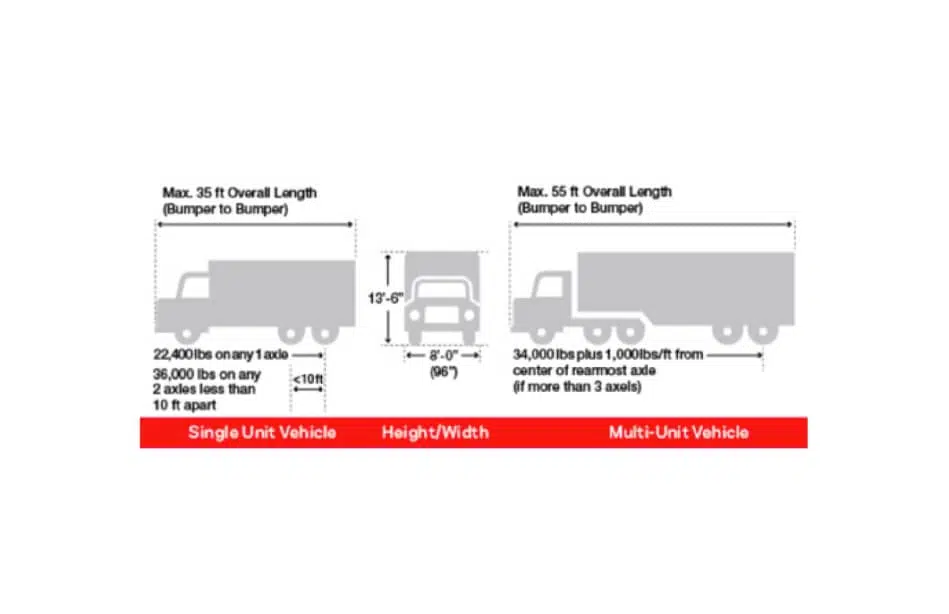
Source: nyc.gov
In addition to these restrictions, the maximum weight limit for any vehicle is 80,000 pounds or less. The specific number depends on the axle spacing, the number of tires, and the type of vehicle. Typically, this ranges from 800 pounds per inch of tire width, 11,200 pounds on any one wheel, and anywhere from 22,400 pounds to 80,000 pounds between the axles.
Commercial Vehicle Routes in New York City
According to nyc.gov, commercial vehicles must not travel on parkways. Instead, they must use Local and Through truck routes to get them as close to their destination as possible. Vehicles that exceed the dimensions listed earlier in this post will need an overdimensional permit to travel in these areas.
In general, a driver is allowed to travel on a street that is not listed on these routes only for the purpose of arriving at their destination. In these circumstances, the operator must take the truck route for as long as possible, exit the route at the latest possible intersection, and take the most direct route to their destination.
If the operator has other destinations in the same general area, they may use the most direct route to their next stop without needing to return to their designated truck route. However, if the most direct route will also require them to cross a designated truck route, the driver should return to that route for as long as possible before exiting again.
Exceptions to this rule include authorized emergency vehicles and authorized public utility company vehicles engaged in emergency operations.
No matter which route you end up taking, or how compliant you are with New York State DOT regulations, it’s still a good idea to keep a bill of lading (or similar document) detailing your points of origin, route, and destination. This will help back up your claims of compliance, should your drivers ever be challenged.
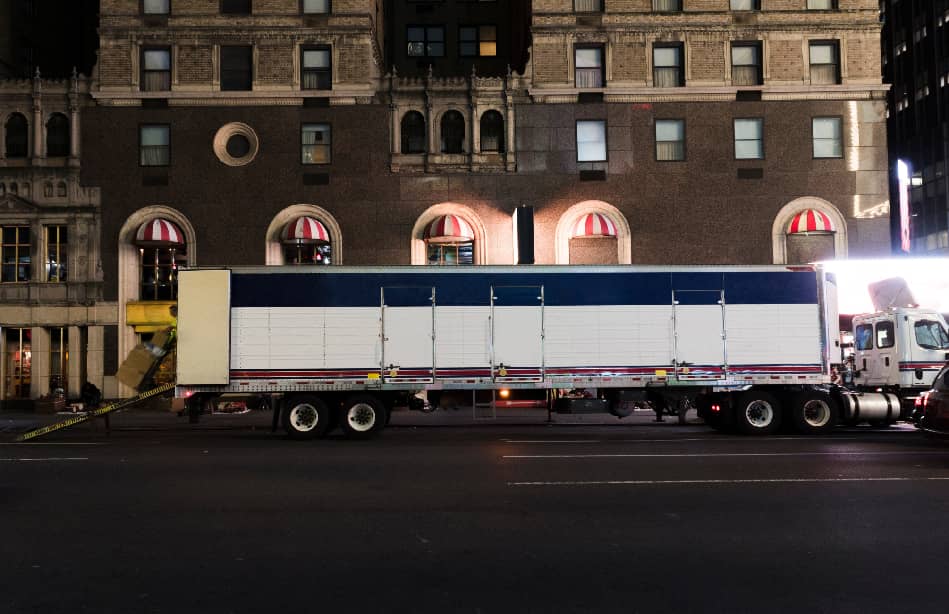
Permits for Overdimensional Vehicles
So long as you are within the size and weight restrictions, and following the Local and Through truck routes, you will not need a permit to drive a commercial vehicle within New York City. However, if you are driving outside of these restrictions, or you need to excessively deviate from the established truck route in order to reach your destination, you will need to apply for an overdimensional permit. You will need a separate permit for your outgoing and return trips.
If you estimate that you will require overdimensional permits on a regular basis, you can order per-trip daily permits on a monthly or bi-monthly frequency.
To do this, you will need to provide the following:
- Full company name and address
- Federal Tax ID
- Contact information
Find more information online on ordering bulk overdimensional permits and information on other permits you may need, depending on your cargo. You can also download the reference sheet on truck dimensions and access information for various types of commercial vehicles.
NYS INSPECTIONS ON LONG ISLAND
Schedule your New York State Inspection with us Today!
Frequently Asked Questions
What is considered an "Oversized Load" in New York?
In New York, your load is considered oversized if it’s over 16 feet wide and/or 100 feet long on two-lane highways—or 18 feet wide and/or 160 feet long on four-lane highways. In these situations, you will need to employ at least 3 escort vehicles (two in the front and one in the rear) to help ensure the safety of yourself and your fellow drivers. You will also need an overdimensional permit.
What is considered an "Overweight Load" in New York?
In New York, your load is considered overweight if it is over 80,000 pounds. In that situation, you would need to apply for a overdimensional permit in order to drive on any road in the area, including Local and Through truck routes.
How much does a New York Commercial truck permit cost?
The price range for a New York Commercial truck permit ranges from as little as $20 to as much as $750. The exact price varies depending on the nature of the load you are hauling—such as the type of material, the total weight, and the dimensions. If you’re looking to get a permit for an overdimensional load or vehicle, the cost is at least $35. If the permit is based on a certain type of material there are specific costs for special hauling permits.
How much is an Overweight Ticket in New York State?
The cost of a ticket for an overweight commercial load varies by the extent of the violation. For example, for a violation up to 2% over the weight limit, the fine is a minimum of $150. A violation up to 38% over the weight limit can cost the culprit at least $3,750. Violations of over 40% are a minimum of $3,750 with a $125 fee for each additional percent over 40.
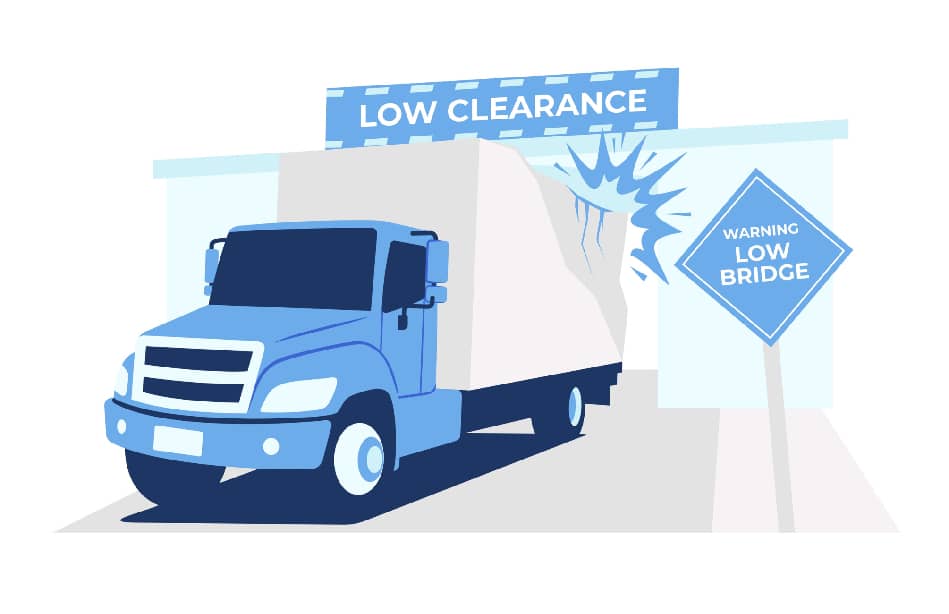
Summary
Weight and Size Limits Don't Have to be a Struggle
Weight and size limits are an important part of keeping your drivers, the public, and your cargo safe while you are out on the road. Complying with these guidelines can save you time, money, and stress in the long run. Thankfully, with this comprehensive guide, it’s easy for you to classify your vehicles, understand your permit requirements, find commercial vehicle driving routes, and access the resources you need to stay compliant. Check out the resources below for even more valuable information.

